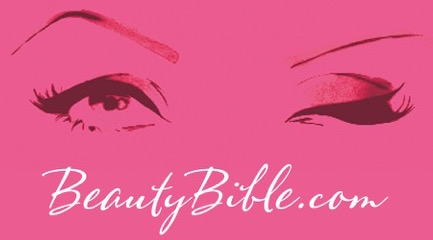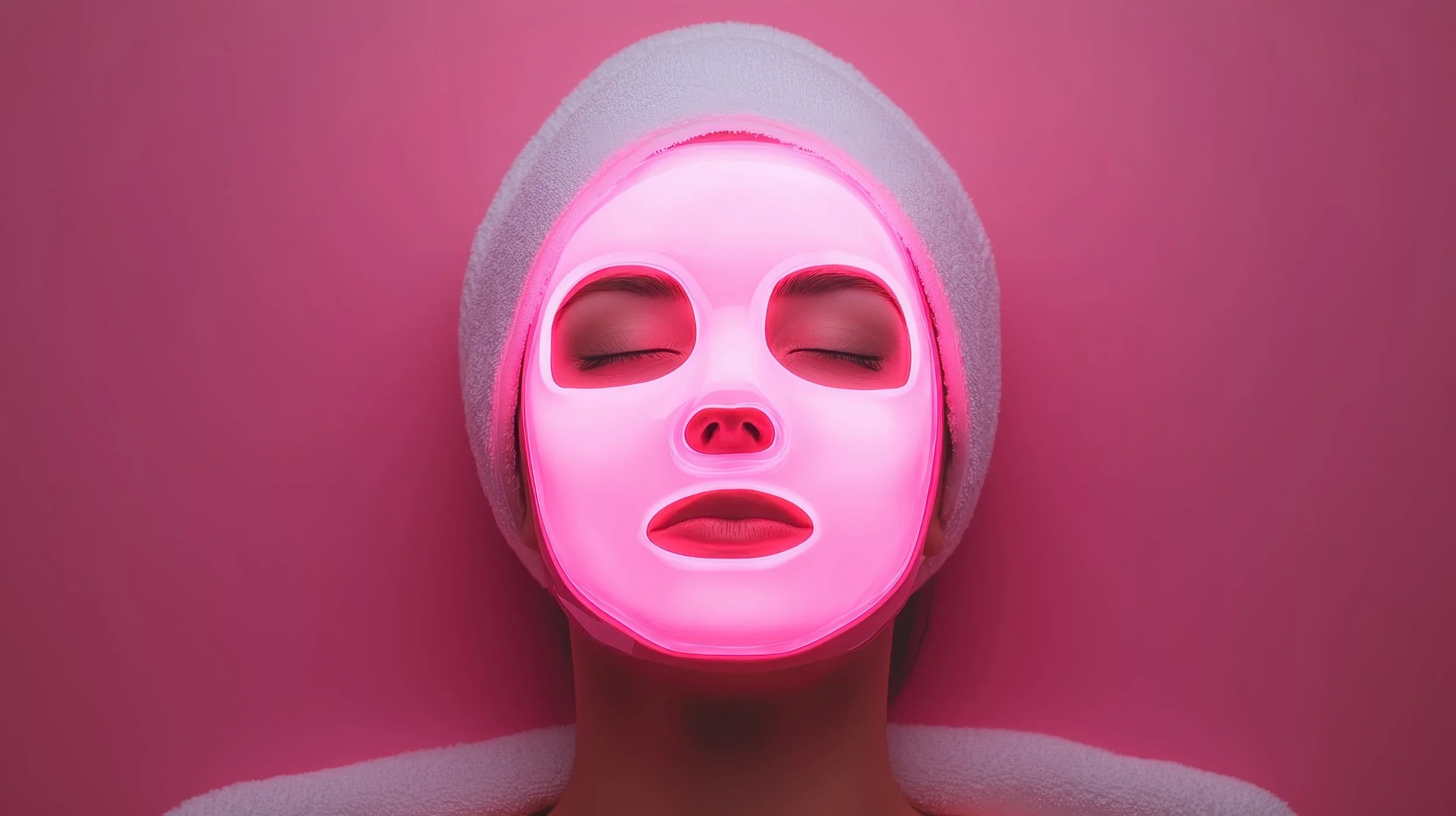Health Notes: Are LED masks safe? The experts' opinion...
We have enjoyed LED light treatments, over the past few years. But we’ve always had a niggling anxiety: are they as safe as we’re told? And how best should they be used, for optimum benefits? So here, we decided to share insights that were shared with us by some leading figures in skincare, whose opinions we respect.
Scroll down for the low-down, the caveats – and how to get the most out of your LED treatments, in the short and longer-term.
From Dr. Alexis Granite, Consultant Dermatologist and founder of Joonybird)
Are LED face masks safe?
Yes LED masks are considered safe. Light emitting diode (or LED) masks emit varying wavelengths of light to help target specific skin concerns and for skin rejuvenation. They are best used as part of an overall skincare regimen to complement the effects of topical products. Those with sensitivity to light should avoid using LED masks and I recommend wearing eye protection during use as well as blue light in particular can cause sensitivity and/or damage to the eyes.
How often should an LED face mask be used?
It is generally recommended to use an LED mask three to five times per week. Masks vary in terms of treatment times, but most are meant to be worn for 10-20 mins per session.
Are all LED face masks the same?
The principles behind LED technology will be the same across different masks but not all masks contain the same types of bulbs, light wavelengths or materials. Masks also vary in their construction and shape so you may prefer one style over another.
From Dr. Elizabeth Hawkes, Consultant Ophthalmic and Ocuplastic Surgeon…
Do LED Masks damage the eyes?
These masks are in the visible spectrum and emit red light at wavelengths of 633nm and wavelengths 830 nm, which is just outside the visible spectrum. These specific wavelength have been shown to have regenerative effects on the skin. They target the mitochondria, the powerhouses of the cell and activate an enzyme which enables them to work more efficiently and produce more energy, improving cell turnover and skin quality
There has been some negative publicity in the media on whether the light damages the eyes. It is really important to be clear about this. Firstly there is a huge range of light. All different lengths from X-rays to uv to microwaves. Now when it comes to the eye itself blue light can have a negative effect on the eye , specifically the retinal cells and circadian rhythm, so that is why it is advised not to use your phone at night.
But it’s so important to note that this is a very different wavelength to the red light and so the biological effects are very different. It is important to emphasise that red light actually has benefits inside the eye for eg dry age macular degeneration and myopia. There are ongoing trials using red light in the eye to improve these conditions, which is really exciting.
So, you cannot compare the negative effects of blue lights with the positive effect of red light because they are different wavelengths and have different biological effects. However, saying that blue light at a very specific wavelength does have therapeutic effect on the skin in the treatment of acne, which is well established.
How should we choose an at home device?
As is with all products it’s prudent to prioritise safety – and this is even more important for light devices because light is powerful. A cheap at-home mask without the scientific rigour and assessment causes concerns in terms of emitting the wrong wavelength, so its important to go with a product that has regulatory approval – in the case of the current body mask has FDA and CE (i.e. European) approval, which ensures safety also meets regulatory standards in all different countries.
From Dr. Dennis Gross, board-certified dermatologist, dermatologic surgeon and founder of Dr. Dennis Gross Skincare. (NB Dr. Gross has his own LED face mask, the SpectraLite FaceWare Pro, seen below)
What are the key benefits of using the Dr. Dennis Gross LED face mask? Can you go in-depth and describe what each mode is for?
The primary skin concerns LED treats are signs of aging including fine lines, skin thinning, discoloration and acne.
LED masks are an amazing tool to help with signs of aging and acne. Red LED works to stimulate collagen production, reducing the appearance of fine lines, wrinkles all while reducing inflammation. Blue light targets and kills acne-causing bacteria, treating and preventing breakouts.
Just like a topical active ingredient, our skin cells have receptors for red LED. When the light connects with these receptors, it effectively tells our skin to start creating more collagen – the key to healthy, youthful-looking skin. Red LED also stimulates blood flow which leads to a reduction in inflammation. Acne-causing bacteria also have receptors – one is for blue light. When a specific wavelength of blue light connects to this receptor, it self-implodes. This is how the blue light can uniquely target the bad bacteria without disrupting your skin's moisture barrier.
What sets it apart compared to other LED masks on the market?
Treatment times: the SpectraLite FaceWare Pro requires only three minutes per day while others can be upwards of 20 minutes. This is because of the mask’s power – you are able to get the same energy in less time.
Hands-free vs tethered: hands-free devices give you more ability to multi-task
Number of lights: more lights mean more coverage and better results
Design: LED masks that sit flush to the face and follow the face's contours allow for maximum light penetration
Wavelengths: there are clinically proven wavelengths that provide optimal results. For example, blue light has been shown to be most effective at 435nm. When it comes to red light, using a device that incorporates a spectrum of red light including amber, red, deep red and infrared will deliver the best results.
Which skin types, conditions and age groups would benefit from using the mask and why?
Almost anyone can use an LED mask – but they are particularly beneficial for anyone looking to treat acne or signs of ageing. It is also great for reducing redness.
With that said, the best treatment for any skin concern is prevention – it is so much easier to take care of skin and incorporate collagen boosting treatments early rather than trying to play catch up later on. Remember, before you see fine lines – including crow’s feet – there is collagen breakdown. I think an LED mask is a great way to give skin a collagen boost – even if you aren't seeing signs of aging just yet. As I always say, treat the crinkle before the wrinkle. The same goes for acne – the pimple you see today actually started two weeks ago beneath the skin's surface. Using blue LED daily will prevent future breakouts and keep skin clear.
What's the correct way of using the mask? (morning or night/ before or after skincare/how often etc)?
Remember the golden rule of layering – thinnest to thickest. Light therapy should be done on a clean, dry face. Applying topical products beforehand will block the LED from penetrating the skin, and you won't see the best results.
The SpectraLite FaceWare Pro should be used at any time for three minutes DAILY. If your device sits on the shelf, it won't work. Consistency is key for great results.
Find the SpectraLite FaceWare Pro at Space NK/£495 – buy here



